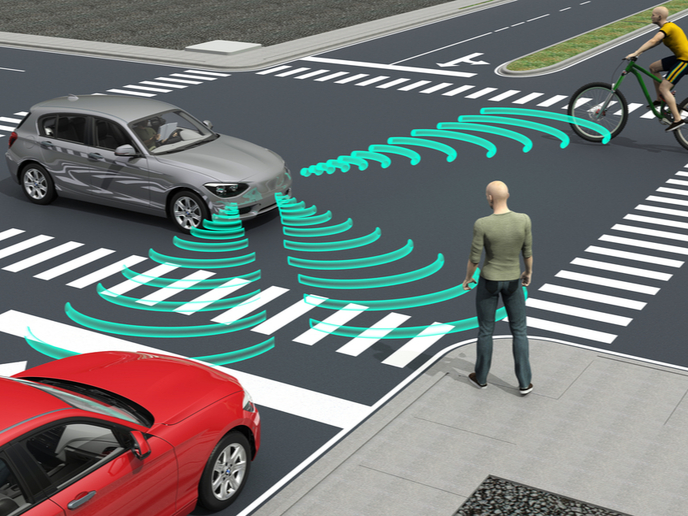Human factors: transport modes collaborate to reduce accidents
To err is human. Not surprisingly, human error plays a key role in maritime and aviation accidents. While standardisation of reporting is limited, and the two sectors are largely segregated, many studies agree that human factors are significant. For example, human factors contributed to more than 80 %(opens in new window) of investigated marine casualties and incidents from 2014 to 2021. Similarly, according to Boeing(opens in new window), approximately 80 % of aeroplane accidents are due to human error. The EU-funded SAFEMODE(opens in new window) project brought together 34 partners from research and industry to understand the ‘human factors iceberg’, with observable behaviour at its tip down to the depths of human factor-related issues rooted in company culture. The resulting human risk-informed design (HURID) framework will help the maritime and aviation industries optimise systems and operations to minimise human factors associated risks.
Deconstructing the human factors iceberg
SAFEMODE set out to model human behaviour relative to safety accidents, identify cross-cutting human factors in the maritime and aviation domains and develop a framework quantifying humans’ contribution to failure and success. “We worked closely with prospective end users, including airlines, shipping companies, maritime and aviation manufacturers, air navigation service providers, government agencies and regulators on data and analysis. The collaboration enabled us to show the tangible benefits of human factors for design of systems and procedures, for safety management and for policy implementations. The best human factors methods and tools were integrated into the online HURID platform,” explains project coordinator Simone Pozzi of Deep Blue(opens in new window), an Italian SME specialised in human centred design solutions in safety-critical industries.
The online human risk-informed design platform
The e-HURID online platform(opens in new window), supported by SAFEMODE partners until 2025, has everything needed to get quickly up to speed and get the most out of e-HURID. The platform contains training on human factors fundamentals and SafeFlix videos and tutorials. Factsheets and good practices help prospective users understand a given method’s usefulness. Finally, guided paths –the Human Factors Compass - provide step-by-step recommendations for introducing human factors considerations into the design of systems and procedures, safety management and policy implementations. Moving towards application, e-HURID’s tools include SHIELD, a human factors taxonomy and database for incident reporting and analysis, and SafetyEye, an online application for running quick safety culture surveys. The platform also hosts: human performance capability profiles with a benchmark method to establish the human factors maturity level of an organisation and an improvement strategy; risk models; and SEAbrary, an electronic repository of safety and human factors information related to maritime operations, management and design with a focus on human factors. The Human Assurance toolkit(opens in new window) is a collection of state-of-the-art human factors methods and techniques.
Collaboration between transport modes has far-reaching impact
“Collaborating outside one’s usual network is a powerful way to activate positive change, highlighting assumptions of no added value and generally applicable principles of what works and what we should do differently,” notes Pozzi. SAFEMODE is set to have wide-reaching practical impact beyond maritime and aviation. Pozzi adds: “We found a huge appetite for and interest in human factors not only in research but in industry. SAFEMODE was approached – and continues to be – by many companies looking for pragmatic solutions to day-to-day operational needs. We hope our outcomes will have real impact on diverse businesses.”







